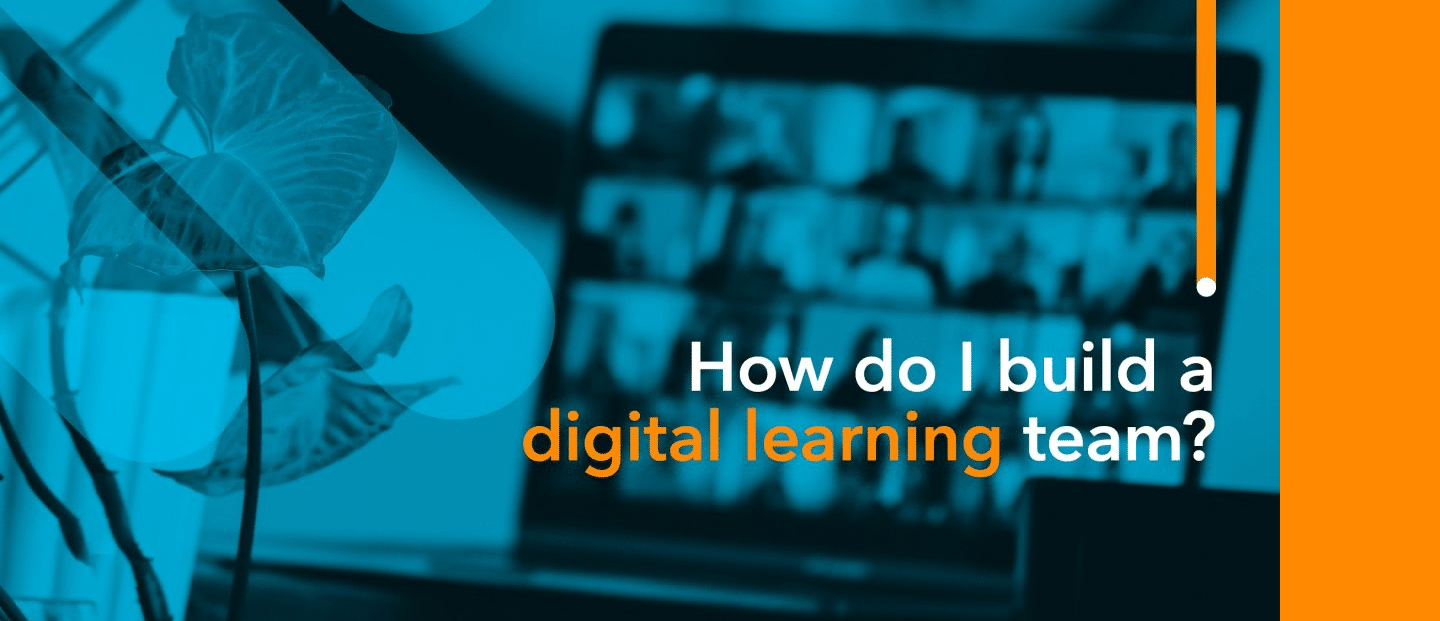What is the ideal structure for a digital, flexible and distributed learning team?
The spirit of our approach at BSI is well described by the diagram below. Our job is to bring key people together to work collaboratively in functional project teams (or what we call ‘pods’), for specific client engagements. This could be for longer term projects spanning 3, 6 or 12 months, or for short-sharp focused engagements, to upscale quickly and truly help our clients deliver. At BSI, a large part of the challenge is ensuring we have the right people, with the right skills, performing the right tasks, at the right time.

Fig 1.1 Hierarchy vs Holacracy in team structure Source
Recognising the need, and delivering…
In order to do this, it has meant somewhat dropping the idea of the hierarchy, and moving towards a more holocratic team structure (not completely, but in leaps and bounds). What do we mean by this? Ultimately, we try and do away with the bureaucracy, keeping key leadership roles to escalate and support projects to be successful.
Getting a project delivered in learning is so much more than passing documents back and forwards between people – it’s about everyone in the team understanding what needs to be done, rolling up their sleeves, and helping one another to do it. That may mean temporarily taking on aspects of another person’s role. We continue to believe it is also about having key people in the team whose job it is to “care for” the direction and health of the project – ensuring a positive experience for the learner, the client, our team, and our business.
For our large projects with key clients this means taking a holistic view of all activities and supporting people in their streams of work to ensure all the pieces of the puzzle fit together and we deliver a coherent set of deliverables.
Focusing on the experience
Our superstar Learning Experience Leads operate within small, project driven teams and support the team members within each project “pod” to deliver, keep across the project deliverables, and manage the client relationship together with the relationship owner. In our case, this approach enables the right people to be pulled together for the needs of any particular project. Key supporting team members in the team “float” between pods, based on the larger projects they may be working on, with performance on each project assessed and feedback provided.
Partnering for success
It’s been an exciting journey coming to this point, but ultimately the approach above - together with our new partnership with People Tank and David Wildman as Head of Professional Services for BSI, supports us to:
- Scale up effectively, and build our team without sacrificing quality of our solutions or outsourcing our build teams
- Maintain key contacts within projects and clients, that also “care” for our customers and their needs
- Support our broader team members with one contact point for coaching, peer review and managing the big picture
- Deliver the same brand of exceptional digital learning experiences and solutions we are known for.
It is through this organisation design and approach, we can now support our clients to expand their team’s capability. If you want to find out more about Managed Learning Services, and how we’re partnering with our clients in this way, reach out for a chat.
Simon Dewar
Managing Director
